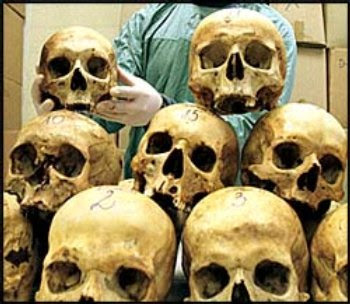BATAK CENTER FOR EUROPEAN STUDIES -- It has been 21 years since the Srebrenica genocide took place in eastern Bosnia under the U.N.'s watch. It was a failure of the international system of colossal proportions that led to the bloody murdering of more than 8,000 Bosniak men and children in a manner no different from the Nazi Holocaust of European Jews during World War II. A similar human tragedy is taking place in Syria where the war has entered its sixth year and the international system has opted to let it happen again under the watch of the U.N., Europe, the U.S. and the rest of the world. What connects Srebrenica, the largest massacre at the heart of Europe since World War II, and Syria, the deadliest war in recent memory, is the collective failure of the international system to stop war, state terror and human suffering.
In July 1995, thousands of Bosniak families were separated from their husbands and children by the Serbian military forces under the order of Ratko Mladic, also known as the "Butcher of Bosnia." They were going to be safe in U.N.-declared safe areas, they were told, and Srebrenica, along with Goradze and Zepa, was one of the three safe areas in eastern Bosnia. The U.N. and other officials bought the Serbian story on the grounds that it would help achieve a peace deal. But the Serbs had made it clear that they were going for what Radovan Karadzic had openly called the "ethnic cleansing" of Bosniak Muslims.
More

Blogger Comment
Facebook Comment